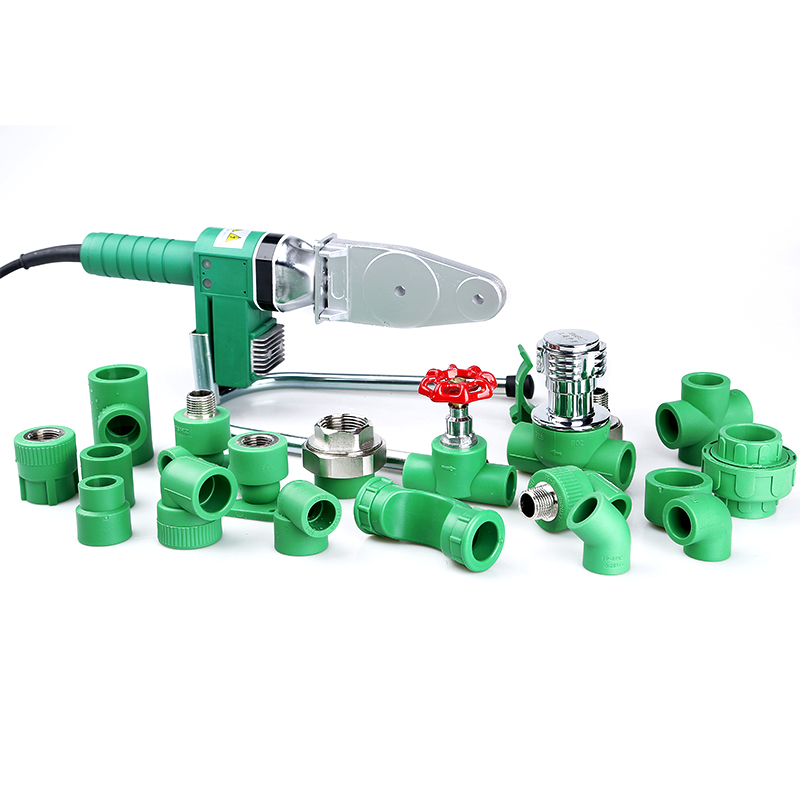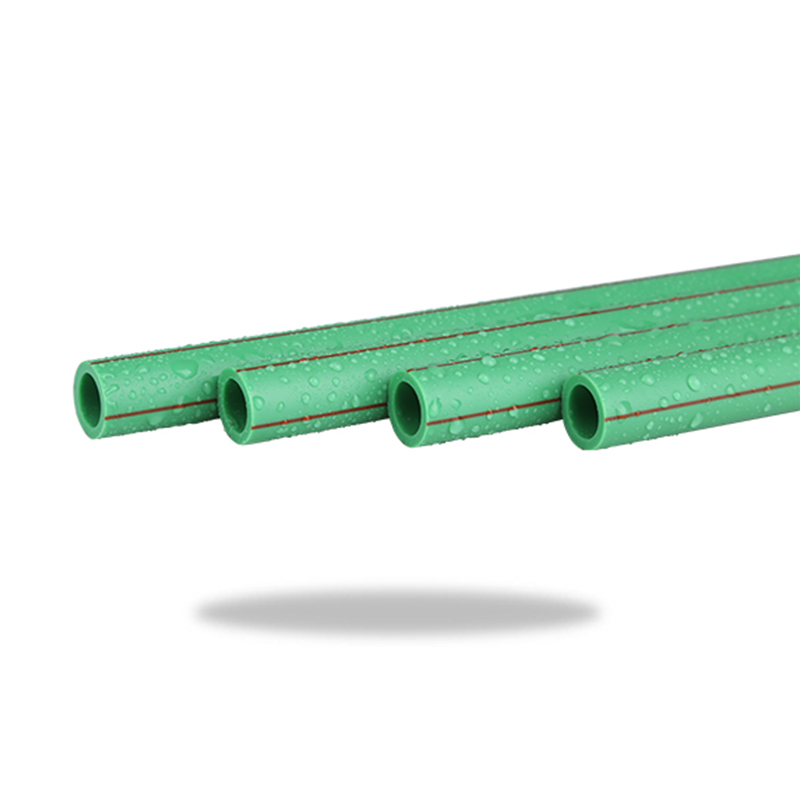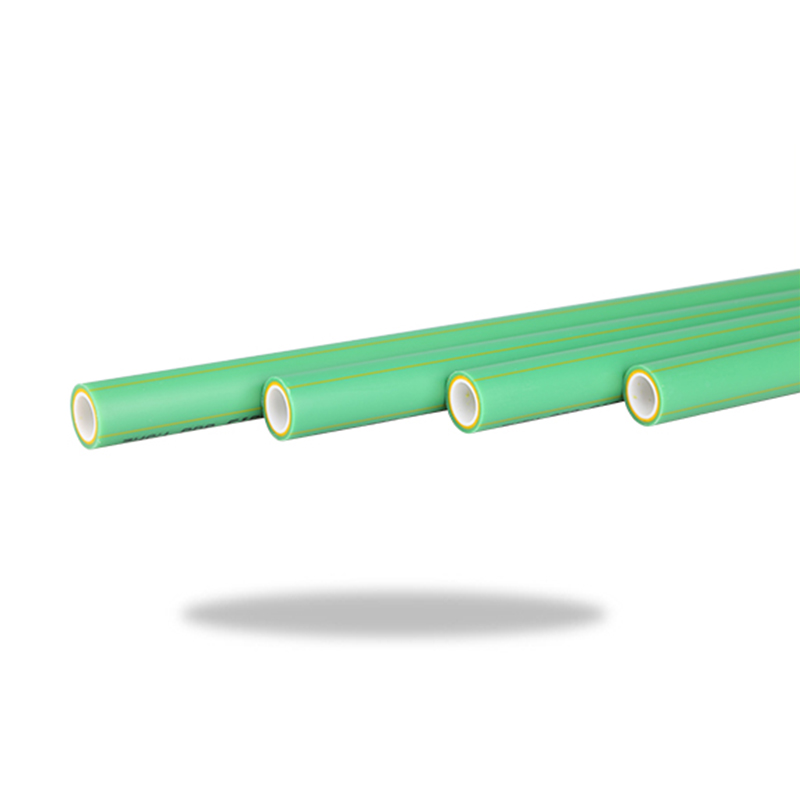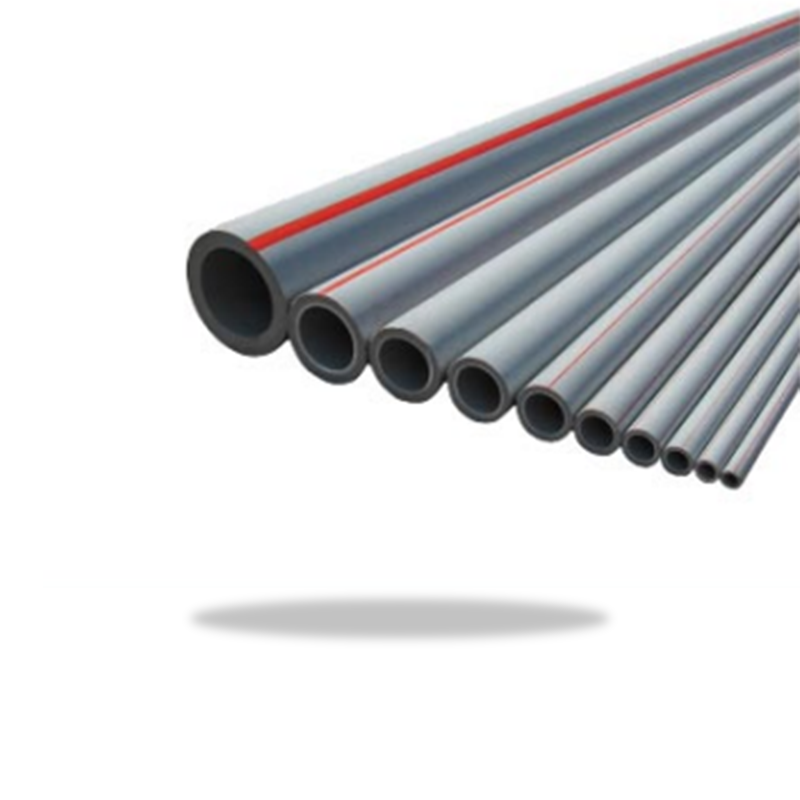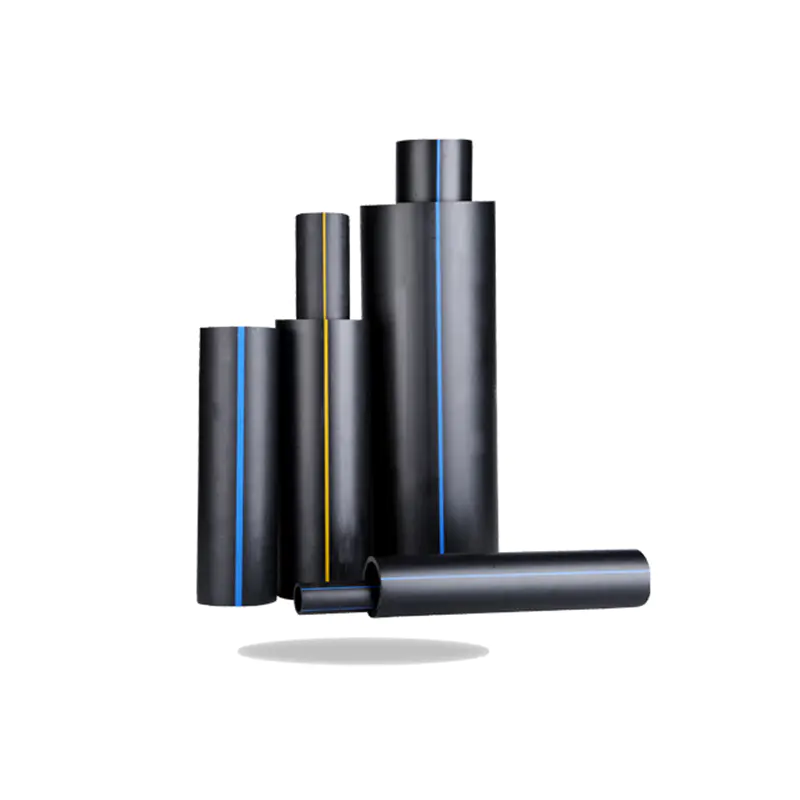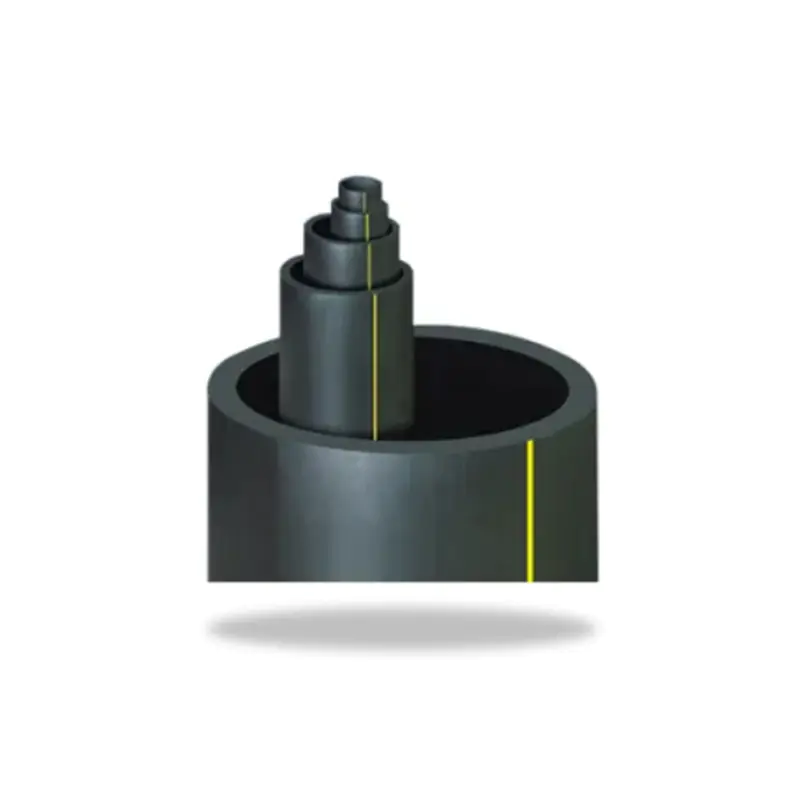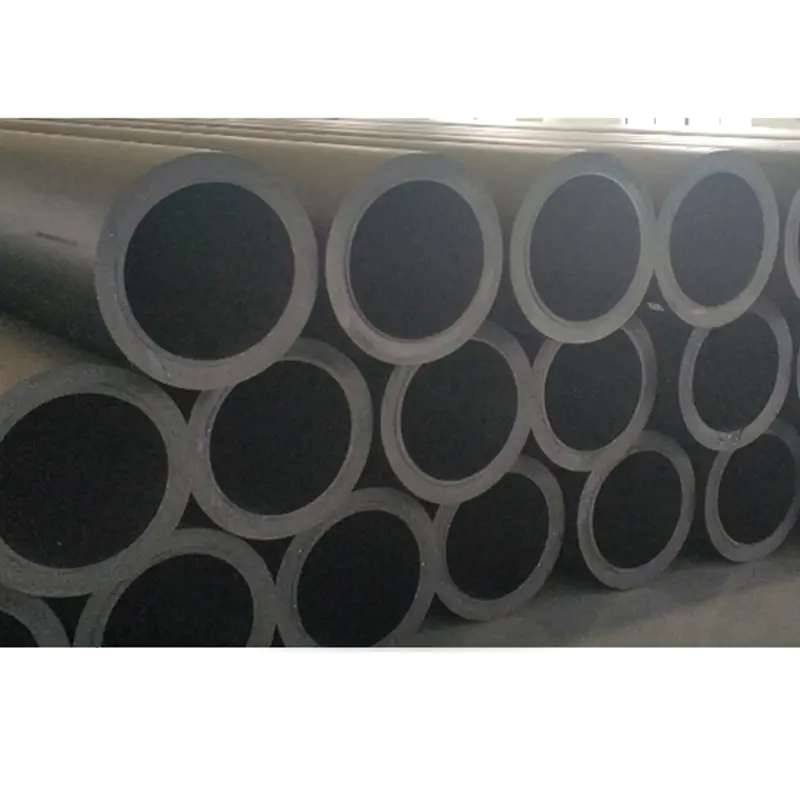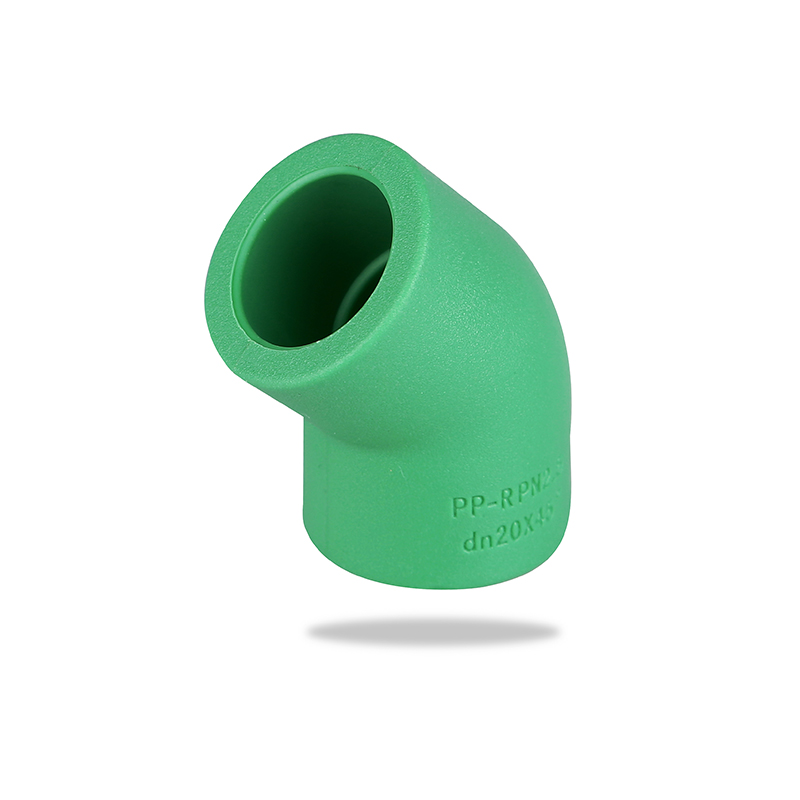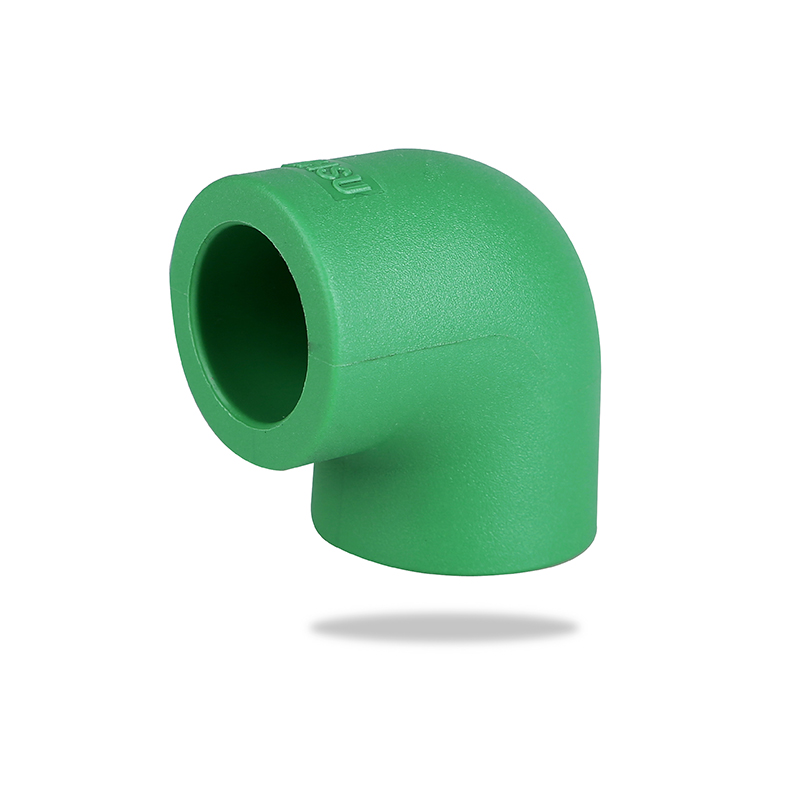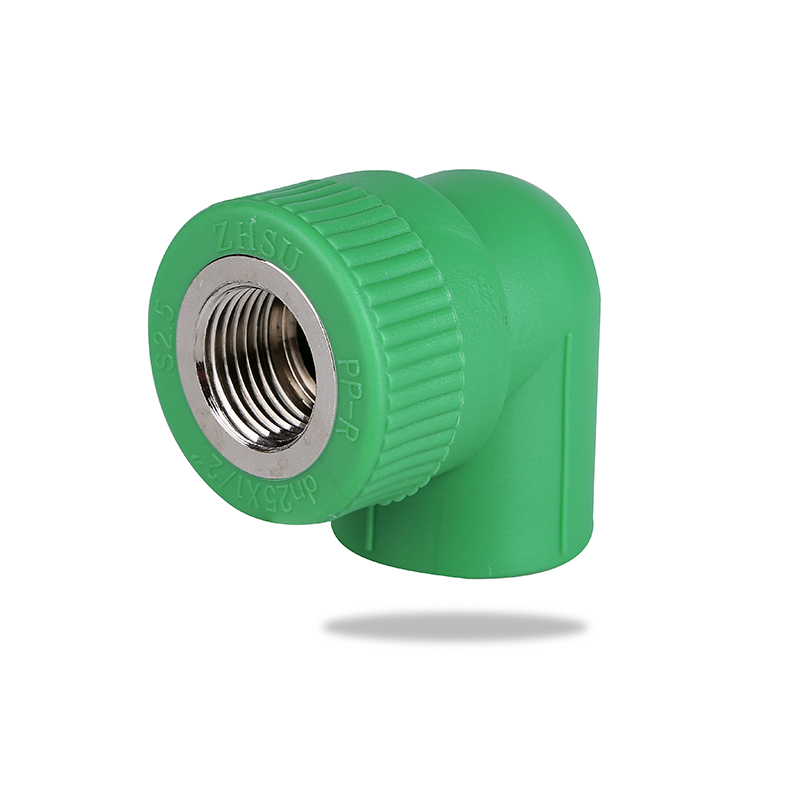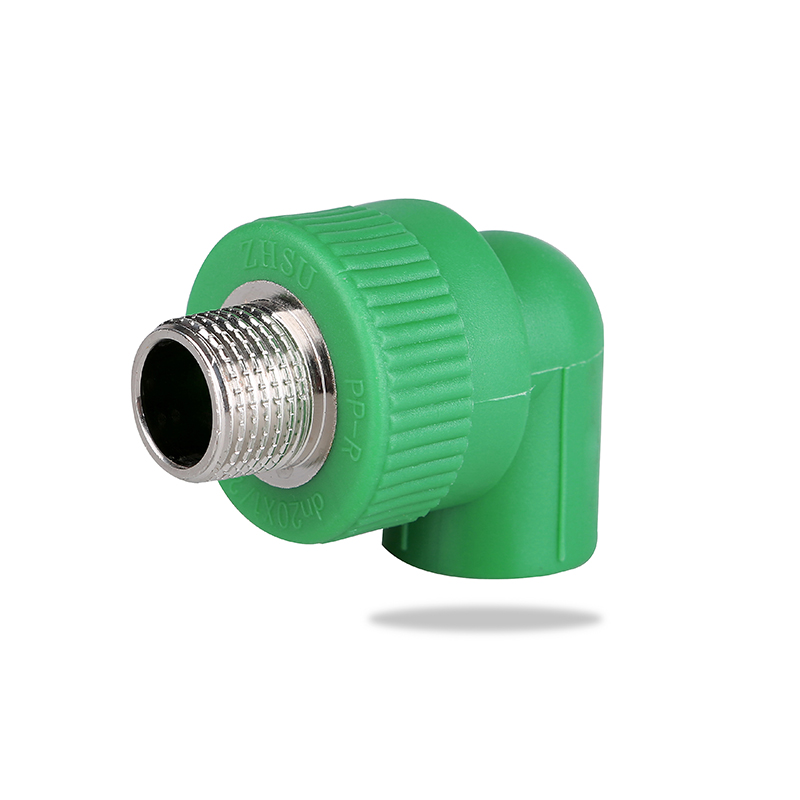Polypropylene Random Copolymer (PPR) pipes are widely used in plumbing systems because of their durability, resistance to corrosion, and suitability for both hot and cold water supply. They are common in residential and commercial buildings for internal water distribution. However, when it comes to more demanding applications like deep wells, the question arises: are PPR pipes suitable for such conditions? To answer this, we need to look at their characteristics, performance under pressure, and how they compare with other pipe materials typically used in wells.
1. What Are PPR Pipes?
PPR pipes are made from polypropylene random copolymer, a type of thermoplastic with high resistance to chemicals, pressure, and temperature variations. They are typically joined by heat fusion, creating strong, leak-proof connections.
Key advantages of PPR pipes:
- Corrosion resistance: No rusting or scaling.
- Heat resistance: Suitable for hot and cold water.
- Long lifespan: Can last 50+ years under normal use.
- Non-toxic: Safe for potable water.
- Smooth interior: Reduces friction loss and prevents deposits.
These properties make them excellent for indoor plumbing, industrial fluid transport, and irrigation systems. But deep wells pose a different set of challenges.
2. Conditions in Deep Wells
A deep well is typically a drilled or bored hole extending 50 meters to several hundred meters underground to access groundwater. Pipes used in such applications must withstand:
- High water pressure – The deeper the well, the higher the hydrostatic pressure.
- Mechanical stress – Pipes must handle the weight of water and pumping equipment.
- Continuous exposure – They remain in contact with groundwater for years.
- Pump vibration and movement – Submersible pumps cause dynamic stress.
Traditionally, materials like HDPE (High-Density Polyethylene), uPVC (Unplasticized PVC), or steel pipes are used for deep wells because they offer strong structural integrity and pressure resistance.
3. Can PPR Pipes Handle Deep Well Pressure?
PPR pipes are rated for pressure up to PN25 (25 bar) depending on wall thickness and class. This is suitable for domestic pressurized water systems, but in deep wells, pressure can easily exceed these limits, especially at depths greater than 100 meters.
For example:
- Every 10 meters of water depth adds ~1 bar of pressure.
- A 100-meter deep well exerts about 10 bar of pressure, not including pump force.
- A 200-meter deep well exerts ~20 bar, which is close to the maximum rating of high-grade PPR.
While theoretically PPR pipes could withstand moderate well depths, they are not designed for constant external pressure combined with mechanical load and vibration. Over time, stress could cause deformation, leakage, or even pipe failure.
4. Common Problems with PPR in Deep Wells
If PPR is used in a deep well, potential issues include:
- Creep deformation – Long-term stress may cause slow bending or stretching.
- Pump vibration damage – Fusion joints may weaken under constant movement.
- Limited tensile strength – Unlike steel or HDPE, PPR may not support pump weight or suspension over long depths.
- Installation difficulty – PPR is usually used above ground; handling in long vertical shafts is impractical.
5. Alternatives to PPR for Deep Wells
Instead of PPR, the following materials are more suitable:
- HDPE Pipes – Flexible, lightweight, high tensile strength, and resistant to cracking. Widely used in boreholes and submersible pump systems.
- uPVC Casing Pipes – Non-corrosive, strong, and commonly used as well casing and column pipes.
- Steel Pipes – Extremely strong and durable, suitable for very deep wells, though prone to corrosion without proper coating.
- Composite Column Pipes – Made of reinforced plastics, designed specifically for submersible pumps and deep well operations.
These materials are designed to handle high pressures, vibrations, and the mechanical load of pump installation.
6. Where PPR Pipes Can Be Used in Well Systems
Although PPR is not ideal for inside deep wells, it still plays a role in water supply systems connected to wells:
- Above-ground distribution – Carrying pumped water from the storage tank to household plumbing.
- Cold and hot water systems – Especially useful if well water is used in heating systems.
- Irrigation networks – After water is lifted from the well, PPR pipes can distribute it across agricultural fields.
This means PPR can complement deep well systems, but should not be used as column or drop pipes directly inside the well.
7. Final Verdict
So, can PPR pipes be used for deep wells?
The answer is no, they are not recommended for direct use inside deep wells. While PPR pipes are strong, corrosion-resistant, and safe for potable water, they are not designed to withstand the unique combination of hydrostatic pressure, mechanical stress, and vibration that occurs in deep well environments.
For long-term safety and efficiency, HDPE, uPVC, steel, or specialized column pipes are much better suited. PPR should be used only after the water has been pumped out, for above-ground plumbing and distribution.
Conclusion
PPR pipes are an excellent choice for domestic plumbing and water distribution, but not for deep well installations. Their structural limitations under high pressure and mechanical stress make them unsuitable as drop pipes or casing pipes inside wells. Instead, materials specifically engineered for deep well applications should be used to ensure reliability and safety.
In summary:
- Use PPR for above-ground water supply from tanks or pumps.
- Avoid PPR for submerged or deep well sections.
- Choose HDPE, uPVC, or steel for deep well piping to guarantee long-term performance.
By selecting the right material for each part of the system, users can enjoy both the benefits of PPR and the reliability of proper well piping solutions.
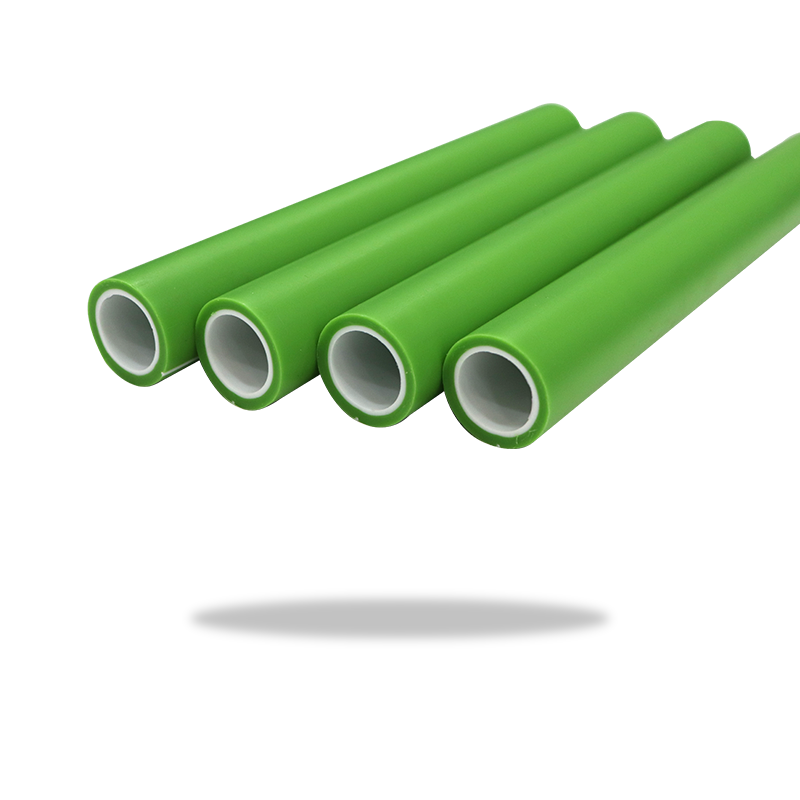

 简体中文
简体中文 English
English русский
русский Español
Español Français
Français عربى
عربى Português
Português 日本語
日本語 italiano
italiano Nederlands
Nederlands Polskie
Polskie
